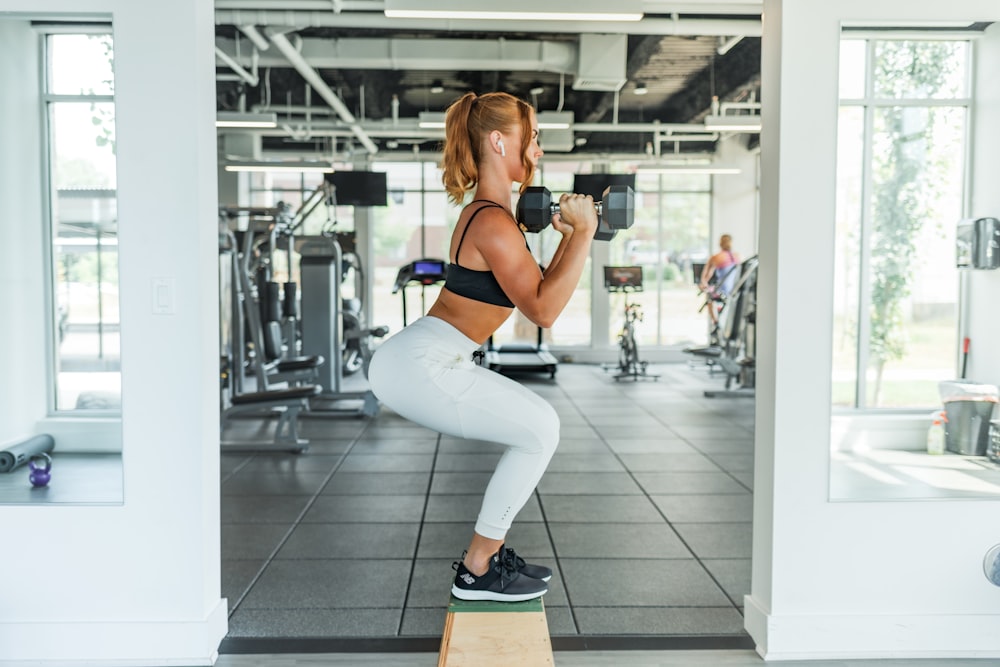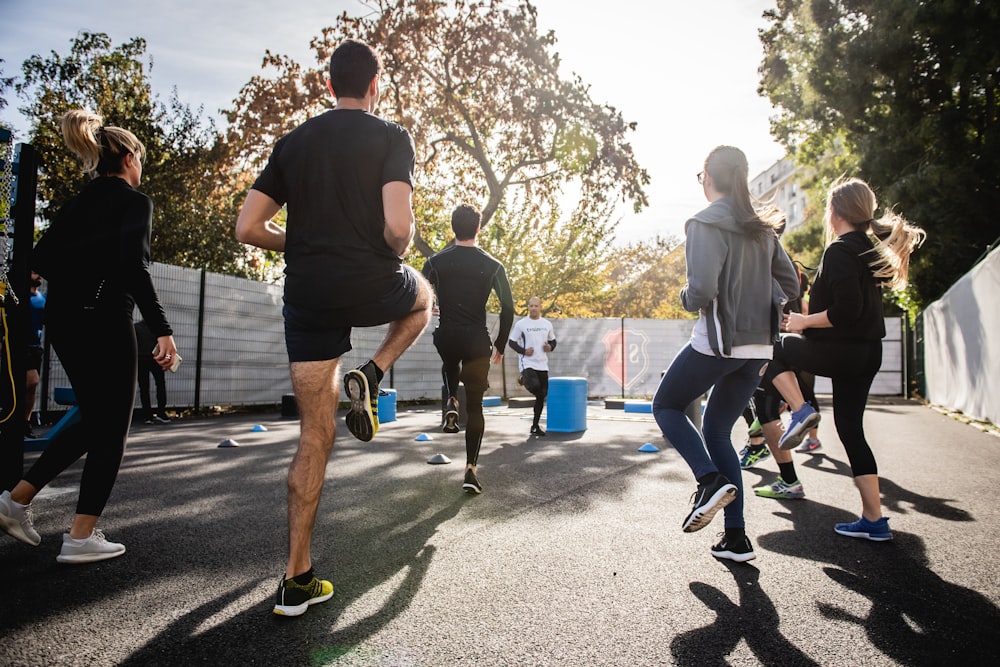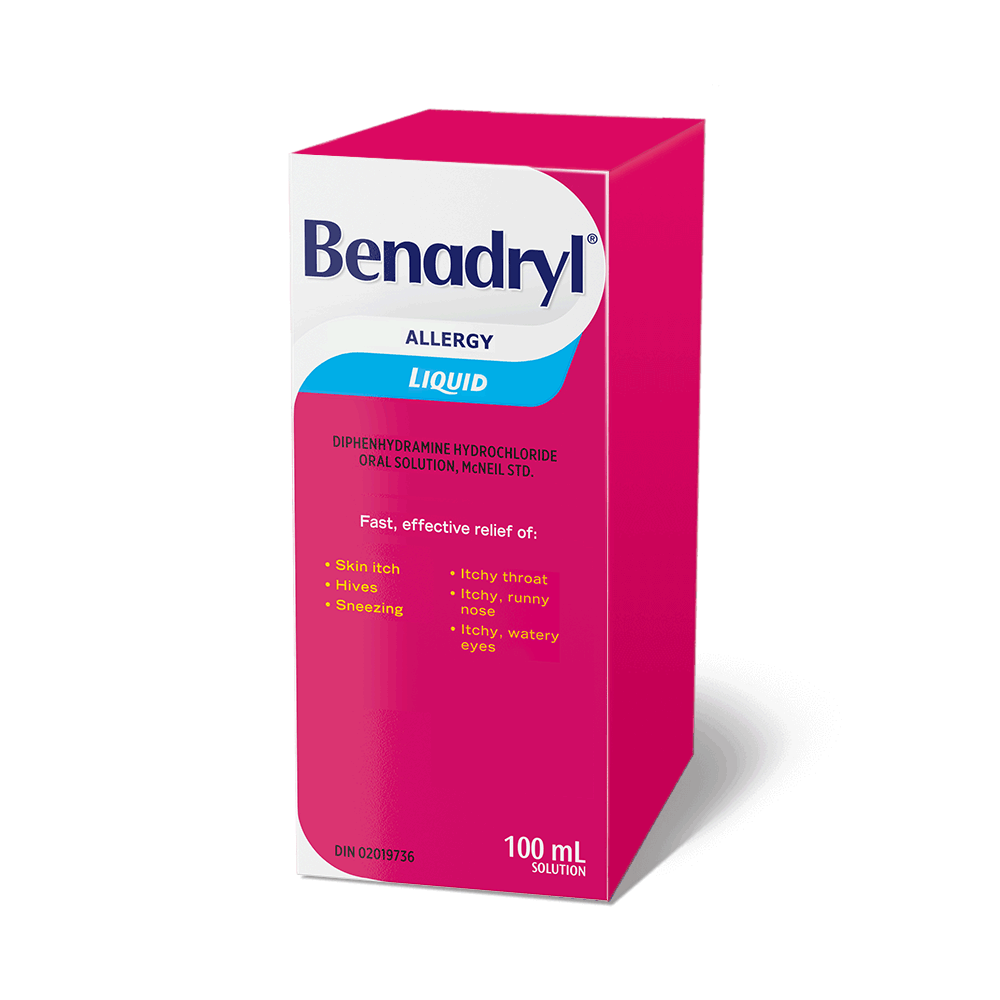Introduction
Embarking on a journey towards a fitter, healthier self often requires a well-structured plan, one that targets every aspect of your physique. A whole-body workout plan is not just about aesthetics; it’s about achieving overall strength, endurance, and vitality. In this comprehensive guide, we delve into the essence of a whole-body workout plan, exploring its benefits, key components, and how to effectively implement it into your fitness regimen.
Understanding the Essence of a Whole Body Workout Plan
A whole-body workout plan is more than just a series of exercises; it’s a holistic approach to fitness that targets all major muscle groups in a single session. By engaging multiple muscle groups simultaneously, this type of workout maximizes efficiency and time management. Rather than isolating specific muscles on different days, a whole-body approach ensures that every muscle gets attention, leading to balanced development and functional strength.
The Benefits of a Whole Body Workout Plan
One of the primary advantages of a whole-body workout plan is its ability to stimulate the entire body in a single session. This comprehensive approach promotes muscle growth, boosts metabolism, and enhances overall cardiovascular health. Additionally, by incorporating compound exercises that engage multiple muscle groups, such as squats, deadlifts, and bench presses, you not only save time but also improve coordination and stability.
Key Components of a Whole Body Workout Plan
To design an effective whole-body workout plan, it’s essential to include a variety of exercises that target different muscle groups. This ensures comprehensive muscle stimulation and prevents overtraining. A well-rounded plan typically consists of compound exercises, such as squats, lunges, push-ups, and rows, complemented by isolation exercises to target specific muscles that may need extra attention.
Structuring Your Whole Body Workout Routine
When structuring your whole-body workout routine, it’s crucial to strike a balance between intensity, volume, and recovery. Begin with a dynamic warm-up to prepare your body for the upcoming workout, focusing on mobility exercises and light cardio. Then, move on to the main workout, incorporating compound movements followed by isolation exercises. Aim for 3-4 sets of each exercise, with 8-12 repetitions per set, adjusting the weight to challenge your muscles adequately.
Tips for Maximizing Results
To maximize the effectiveness of your whole-body workout plan, pay attention to proper form and technique. Focus on controlled movements and avoid using momentum to lift weights. Additionally, ensure adequate rest between sets to allow for muscle recovery and prevent fatigue. Incorporating progressive overload by gradually increasing the weight or intensity of your workouts will also promote continued strength gains and muscle growth.
Common Mistakes to Avoid
While a whole-body workout plan offers numerous benefits, it’s essential to avoid common pitfalls that could hinder your progress. One common mistake is neglecting proper warm-up and cool-down routines, which increases the risk of injury and reduces workout effectiveness. Additionally, overtraining or underestimating the importance of rest and recovery can lead to burnout and plateauing results.
Incorporating Cardiovascular Exercise
In addition to strength training, cardiovascular exercise plays a vital role in a comprehensive fitness regimen. Integrating cardio sessions into your whole-body workout plan can further enhance endurance, promote fat loss, and improve heart health. Activities such as running, cycling, swimming, or high-intensity interval training (HIIT) can be incorporated either on separate days or as part of your workout routine, depending on your fitness goals and preferences.
Adapting Your Workout Plan Over Time
As your fitness level improves and your body adapts to your workout routine, it’s essential to periodically reassess and adjust your whole-body workout plan accordingly. This may involve increasing the intensity or volume of your workouts, incorporating new exercises to target different muscle groups, or trying alternative training modalities such as circuit training or plyometrics. By staying flexible and open to change, you can continue to progress and achieve your fitness goals effectively.
Conclusion Read more about whole body workout plan















